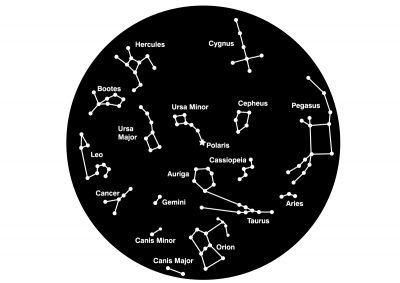
Clicca qui per scaricare un PDF con interessanti informazioni su spazio e immagini incredibili.

Clicca qui per scaricare un PDF con interessanti informazioni su spazio e immagini incredibili.

Haz clic aquí para. Descargarte un PDF con información fascinante sobre el espacio, incluyendo algunas imágenes fabulosa.

Klicke hier, um ein PDF-Dokument herunterzuladen, das faszinierende Informationen über den Weltraum sowie einige atemberaubende Bilder enthält.

Télécharger un document PDF révélant des informations fascinantes sur l’espace, y compris des images étonnantes.
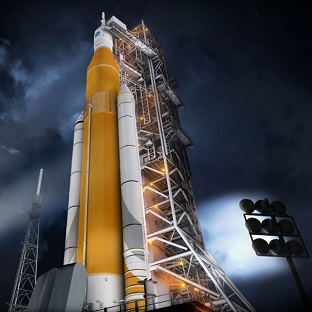
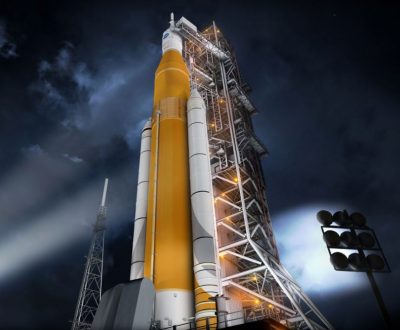
Space Launch System (SLS) has been designed as an exploration rocket that is able to carry humans. Intended to replace the Space Shuttle programme, it is the first time in 40 years that a new rocket of this type has been designed. The SLS will be the most powerful rocket ever built, with about 20% more thrust than Saturn V. The ultimate goal will be to take human beings to Mars.
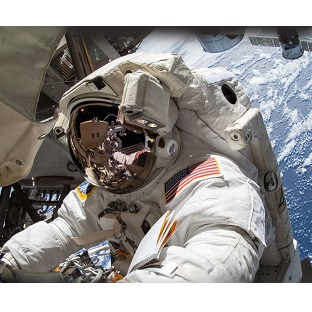
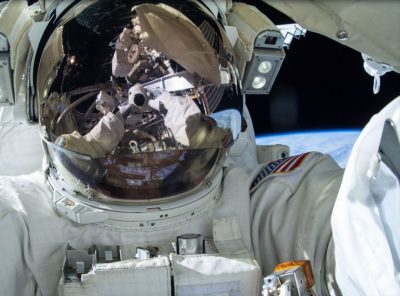
NASA’s Commander Scott Kelly took this selfie on a spacewalk in 2015 and shared it on social media. He wrote “#SpaceWalkSelfie Back on the grid! Great first spacewalk yesterday. Now on to the next one next week. #YearInSpace”. This was his first spacewalk on Expedition 45, the 45th expedition to the International Space Station.
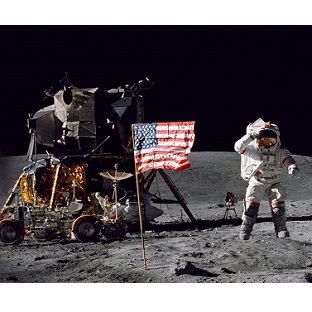
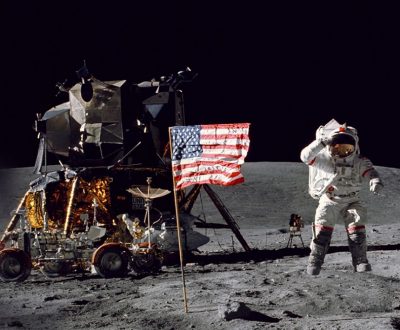
In 1968 Apollo 8 made the first manned orbit of the Moon.In July 1969 Apollo 11 Commander Neil Armstrong became the first man to set foot on the Moon, with the famous words “That’s one small step for man, one giant leap for mankind”. This image shows Commander John W. Young of the 1972 Apollo 16 landing mission, saluting the United States flag. The Lunar Module Orion is on the left with the Lunar Roving Vehicle parked beside it.
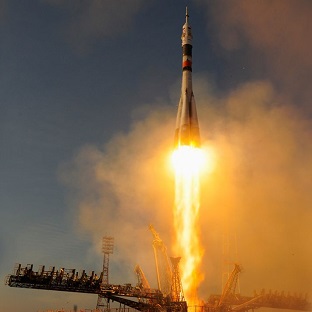
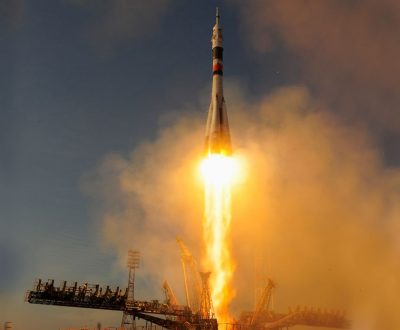
The launch of the Soyuz rocket TMA-19M is taken by an automatic camera. For a photographer to get that close to 274 tonnes of rocket fuel would not be a good idea! The Soyuz rocket launched in December 2015 from the Baikonur Cosmodrome.This facility is Earth’s largest space launch centre and is situated in Kazakhstan. On board was the UK and ESA Astronaut Tim Peake.
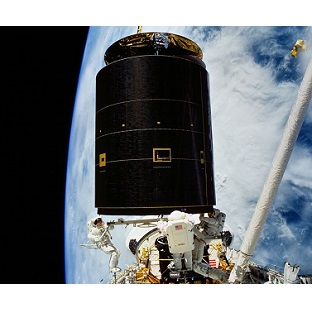
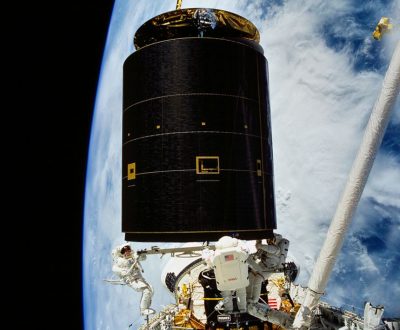
In 1992 mission STS-49 was the first flight of Space Shuttle Endeavour. Three astronauts are moving a 4.5 tonne communications satellite into the Shuttle’s cargo bay. The Earth in the background is covered with thousands of square miles of cloud. This was the first spacewalk involving three astronauts.
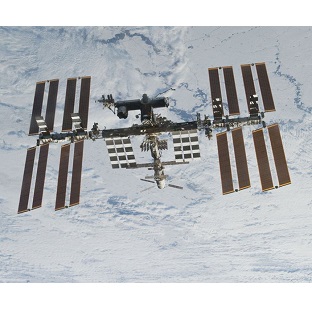
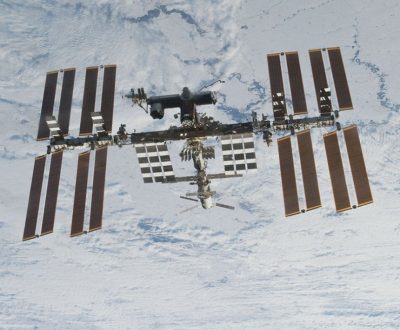
The International Space Station (ISS) is a habitable satellite orbiting the Earth at between 330 and 435km (205 to 270 miles). The ISS was assembled in space. The first component was launched in 1998 and by 2011 159 components had been added, taking over 1,000 hours of work.The first resident crew of Expedition 1 arrived in the year 2000 and the ISS has been permanently manned since then, the longest continuous human presence in space.The ISS is a research laboratory conducting experiments in biology, physics, astronomy, meteorology and others.It is the largest artificial body in orbit and can be seen by the naked eye.Go to https://spotthestation.nasa.gov/ to check when the ISS will next pass over you. NASA will even email you a reminder
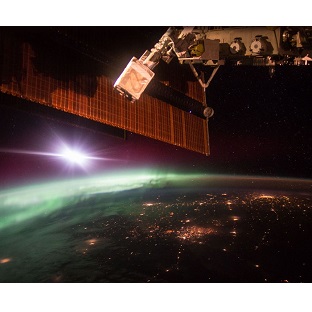
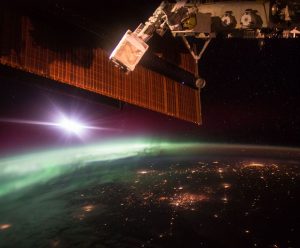
This aurora over Earth was photographed from the International Space Station.Sometimes called the Northern and Southern lights, an aurora is formed when electrically charged particles from the Sun enter the Earth’s atmosphere. The particles collide with atoms of gas in the atmosphere and form light.
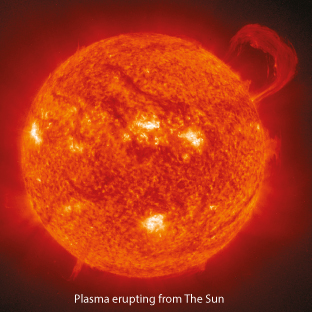
Everything we know in the universe started more than 10 billion years ago with a huge cosmic explosion called the Big Bang. There are about 100 billion galaxies in the visible universe. The spiral galaxy in which we live is called the Milky Way. Our Solar System is located on the Orion arm of the Milky Way and our Sun is one of a 100 billion stars in this one galaxy.
The Sun
The Sun is the 4.6 billion-year-old star at the centre of our Solar System and has a diameter of 1,392,000km (864,949 miles), about 109 times that of Earth. The Sun is made up of about 74% hydrogen and 25% helium, with the remainder being oxygen, carbon, neon, iron and others.
The visible surface of the sun, called the photosphere, is about 300km (186 miles) thick and its temperature is 5,500°C (10,000°F). Above the photosphere is the chromosphere, measuring about 10,000km (6,214 miles) in thickness, which sends jets of plasma out into space. The magnetic storms, or Aurora, that directly affect the Earth are due to chromospheric eruptions, which release large quantities of electromagnetic energy.
The average distance to the Earth from the Sun is 149,597,871km (92,955,807 miles), also known as 1 Astronomical Unit (AU). Light travels from the Sun to Earth in about 8 minutes and 19 seconds. Life on Earth is dependent on the light and warmth from sunlight.
Orbiting closest to the Sun are the four terrestrial inner planets. In order of their distance from the Sun these are as follows.